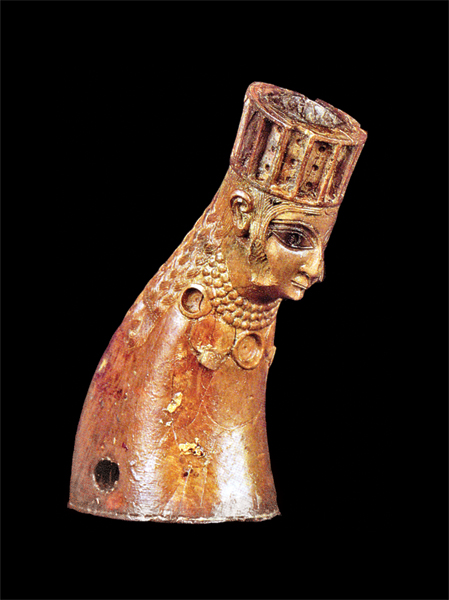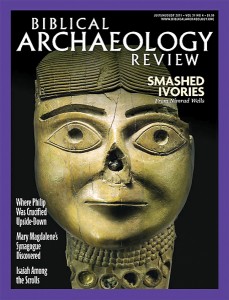
Ivories from Nimrud VI: Ivories from the North West Palace (1845–1992)
by Georgina Herrmann and Stuart Laidlaw with Helena Coffey (London: British Institute for the Study of Iraq, Gertrude Bell Memorial, 2009), 282 pp., 138 pp. b/w plates, 24 pp. color plates, £75 (hardcover)
Late in the seventh century B.C., Babylon began a military campaign that would destroy the once-powerful Assyrian empire that had dominated the Near East for 200 years. In 612 B.C. the Babylonian and allied Median armies reached the Assyrian royal city of Calah, now Nimrud, destroying, looting and then setting aflame the gorgeous Assyrian palaces.
Eager for treasure, the Babylonians ripped the gold overlay from the palatial Assyrian furniture, leaving the wooden frames. The Babylonian soldiers wanted anything valuable they could easily carry, so they were not interested in the elaborate ivory decorations that also graced this furniture. Such carvings had little use if they were prized out of their settings.
Calah/Nimrud lies on the Tigris River in northern Iraq. Excavations here have extended for more than a century and a half. The excavators include such famous names in the history of Near Eastern archaeology as Austen Henry Layard, Hormuzd Rassam, Max Mallowan (and his wife Agatha Christie Mallowan) and others.
Already a library member? Log in here.
Institution user? Log in with your IP address.

